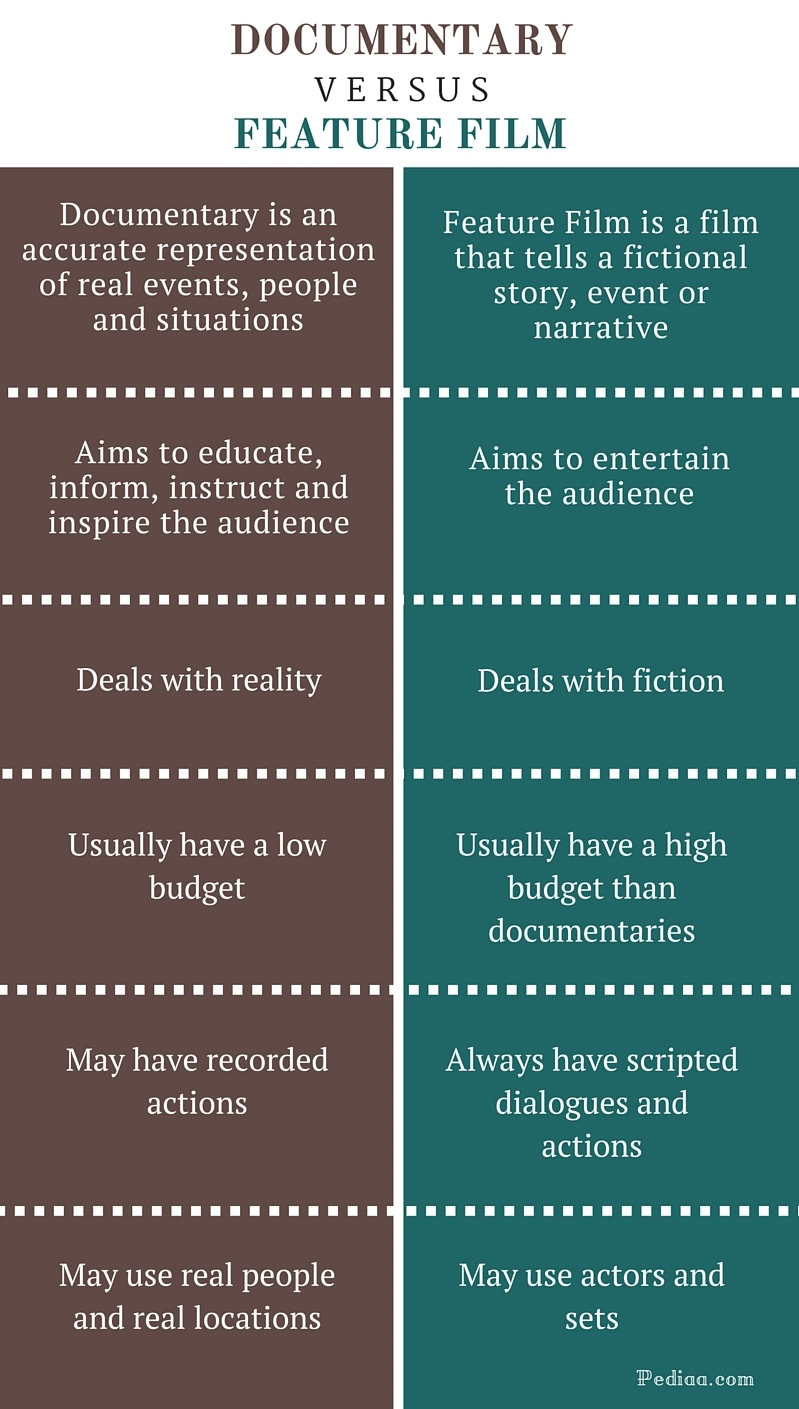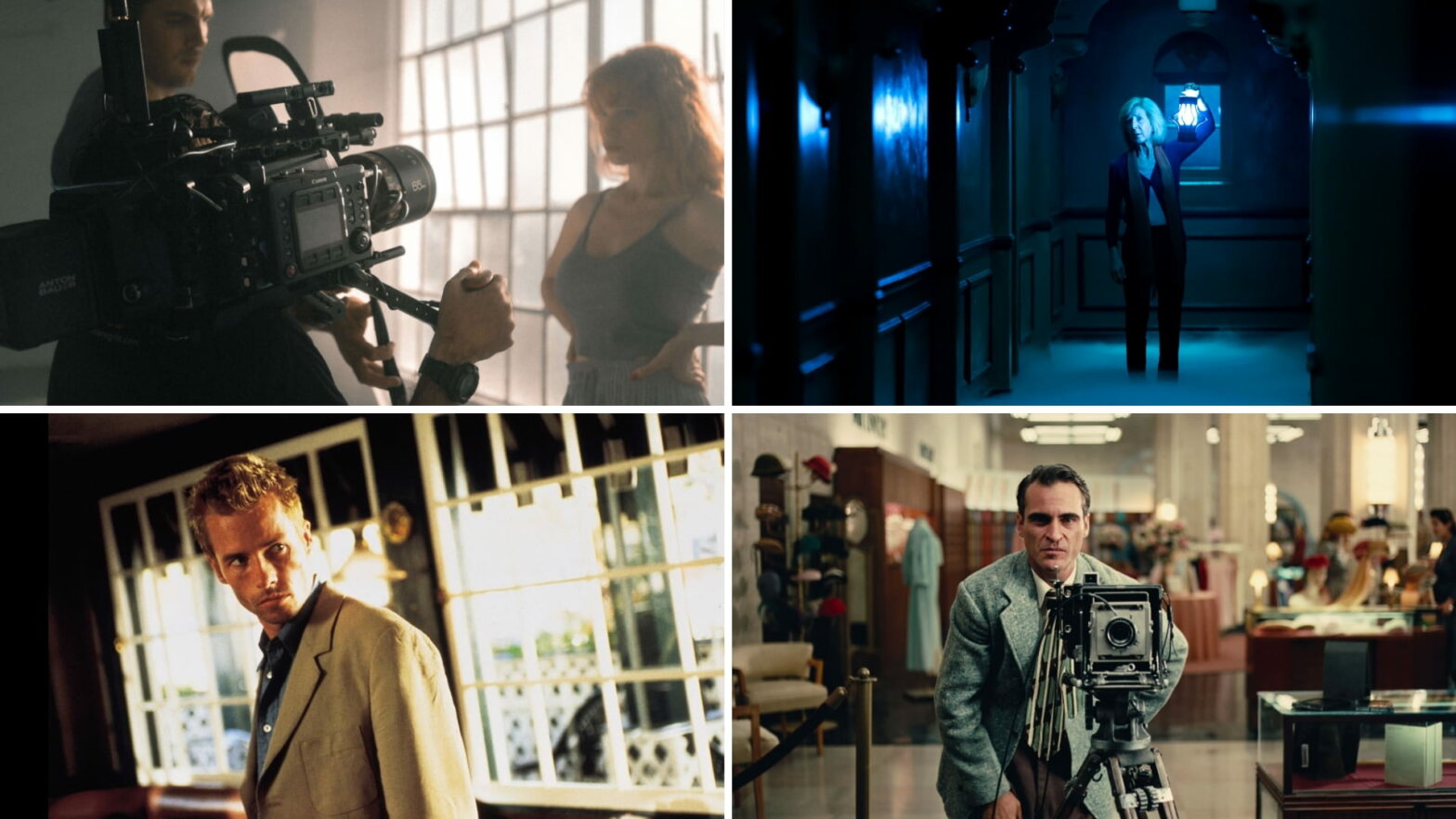If you are a filmmaker or even just a movie buff, odds are you’ve heard the term “narrative film.” Although it is a rather vague term thrown around quite often, it can make a lot of people wonder, “What is a narrative film?” In this article, we’ll clarify the key characteristics to narrative movies and what makes them distinct from other types of film in cinema. We’ll also take a look at the history of narrative cinema and how its origins opened the doors for the films we know and love today.
What is narrative film?
First, let’s define narrative film
As is the case with any other vague film term, "narrative film" can be hard to define as it does not have specific rules. It does, however, have consistent characteristics that can help us define it.
Let’s take a look at the narrative film definition.
NARRATIVE FILM DEFINITION
What is a narrative film?
A narrative film is a film that tells a cohesive, often fictional, story with cause and effect events through filmmaking techniques. Narrative films entail two components: the story itself and the process of telling the story or narrative. The latter involves filmmaking techniques that have developed over time such as directing, cinematography, and screenwriting.
Characteristics of Narrative Film:
- Causality (cause and effect)
- Structure
- Narrative devices
What is a narrative movie?
Narrative film vs. documentary film
Narrative movies are often compared and contrasted to documentary films. Before we analyze the differences, let’s take a look at the similarities. Both narrative and documentary films have the same fundamental goal of telling a story. In that way, the ends of both types of films are generally similar.
Renowned director, Martin Scorsese even discusses how he attempts to blur the line between the types of filmmaking to achieve something authentic. Take a look at the video below to see how Scorsese’s directing style draws from both narrative and documentary filmmaking.
Scorsese:Documentary movies vs. Narrative movies
Scorsese underscores that the fundamental similarity between narrative and documentary films lie in the goal of telling a story as well as the audience's experience. The differences between the two, however, mainly lie in the telling of the story and the techniques used to achieve the film.

Documentary Film vs. Narrative Film
In documentary films, a script is not written before shooting. Rather, the story is primarily found after shooting in post production through editing. Narrative movies, on the other hand, have a screenplay written prior to any principal photography taking place.
In documentary films, reality is being shot as it unfolds. In narratives, preconceived images are shot to tell a specific story, often fictional and not based in reality.
These shots are typically established by shot listing, a technique commonly used in narrative movies and not documentary films. What is a shot list?
Check out our video tutorial of the filmmaking technique below to better understand how it's used in narrative filmmaking.
How to Make a Shot List: A Step-by-Step Guide • Subscribe on YouTube
Documentary films are always rooted in reality. They are defined by capturing real and true events that are not fictional. Narrative films, however, are often fictional and tell a story that has been created from the mind of a screenwriter, director, or producer.
Sometimes, narrative films may be based on a true story or real events, but will often imbue the story with fictional details or plots. For example, in Titanic, the plot between Jack and Rose is fictional. But the backdrop and event of the sinking of the R.M.S. Titanic happened in real life.
With this definition and distinction of narrative film making, it's hard to imagine cinema without it. Let’s take a brief look at the history of narrative films and how they began.
Where did narrative cinema begin?
History of narrative cinema
Prior to the creation of motion pictures as a form of entertainment, the very first movies developed by Thomas Edison aimed to be used in business as a means of training employees. The leap to entertainment came later when a few trailblazers decided to utilize cameras to capture a few historical shots. Two of those trailblazers were Louis and Auguste Lumière.
Some of the very first widely seen motion pictures were by the Lumière Brothers. Their most iconic motion picture was Arrivée d'un train en gare a La Ciotat (Arrival of a Train, 1896) which captured a train arriving at a station and passengers getting off and new passengers boarding.
Arrival of a Train at La Ciotat (The Lumière Brothers, 1895)
Many have argued whether or not this can be considered the very first narrative movie ever. Those who say it is not argue that it is a shot of reality that aligns more with documentary filmmaking. Those who say it does qualify as a narrative movie argue that it is shot on location as narrative films are.
They also argue that although the causality is not as clear, there is cause and effect present of a train stopping, passengers getting out, and passengers getting on board.
Some newspaper reporters at the time even adorned their experience of the film by writing their interpretations of specific individuals in the shot.
The debate of whether or not Arrival of a Train is a narrative film proves how boundless the term “narrative film” can be. Whether you think it qualifies as a narrative movie or not, Arrival of a Train undoubtedly opened the doors for filmmakers to create definitive narrative films.
What is narrative filmmaking?
Characteristics of narrative film
Since Arrival of a Train, narrative films have gone in nearly every direction imaginable. Various film genres were born, techniques were crafted, and cinema evolved. However, the fundamental characteristics of narrative film have been present throughout. What is a narrative movie? To answer this, we must look at its characteristics.
1. Causality
A key distinction to narrative film is cause and effect. For a story to unfold, a series of cause and effect events must take place. Without cause and effect, there is nothing moving the story forward. A lack of causality enters the realm of experimental film. Analyze any of your favorite narrative films and you’ll be able to follow a string of cause and effect events. This sequence of cause and effect events is a film’s plot.
2. Structure
Narrative movies utilize plot structure that draws heavily from the three act structure of Ancient Greek dramaturgy. This three act structure primarily pertains to the plot of a narrative film, but also allows for structured character arcs, another facet of narrative film.
3. Narrative Devices
As narratives evolved, the techniques used to carry out narrative stories have evolved as well. However, fundamental devices such as cinematography, direction, and sound have been consistent even in earlier cinema. Within a narrative film’s story, themes, tone, and character have also been consistent throughout the history of cinema.
Related Posts
UP NEXT
What is the Plot of a Story?
As we mentioned in the article, cause and effect is a key characteristic of narrative film. The sequence of these cause and effect events massively contributes to the plot of the story. What is the plot of a story and why is it so important for filmmakers to understand? Learn more in the next article.
Up Next: Plot of a Story →
Showcase your vision with elegant shot lists and storyboards.
Create robust and customizable shot lists. Upload images to make storyboards and slideshows.
